How big is your world right now?
What if you can make your world seem as big as outer space?
Even if that’s a bit of a stretch, today’s at home, recipe for play activity, DIY Constellations, will at least let you and your kids explore not only what’s beyond the walls of our homes—but what’s also beyond the confines of our planet. Plus, it engages their senses of creativity and their imaginations, all while throwing in some science education opportunities.
DIY Constellations
Goals:
Learn about constellations
Engage creativity and imagination
Children will:
Create a constellation—real or imagined
Illuminate a constellation on the ceiling or wall
What you’ll need:
A dark paper cup, empty cereal box, or oatmeal container
Flashlight (the one on your phone works great!)
Something to poke holes (thumbtack, scissors, or pen)
How to:
Do some research on constellations on the internet. Start with the Big Dipper and Little Dipper since they’re easy to see. What do they look like? How did they get their names?
Find a dark paper cup, cardboard box, oatmeal container, or something similar. Use a thumbtack or pen to poke holes where the stars might be. If you’re using a paper cup, poke the holes on the bottom of the cup. If you’re using a box, poke the holes on any side. You can copy the configuration of your favorite constellations or make up your own.
If you used a box, cut a small opening (about the size of your flashlight beam) in the opposite side of where you poked the holes.
Turn out the lights in a room (works better at night). Place the flashlight through the hole or shine it in the cup. Watch as your constellation is illuminated on the wall or ceiling!
Check out this video demonstration from Maddie Brown, CCM’s Facilitated Programs Manager:
Bring the night sky indoors! Maddie Brown, Facilitated Programs Manager at Chicago Children's Museum, brings you this simple activity you can do with common materials from your home.


